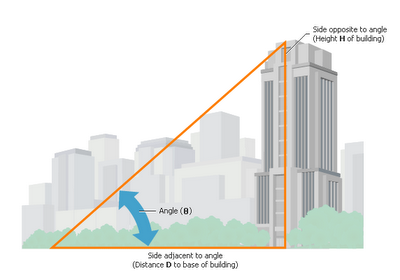 Acceleration is defined as
Acceleration is defined asthe change in velocity over time
As we discussed in class, acceleration can be a positive or a negative value. The example we used were two of the three controls in a car, the acclerator (duh) and the decelerator(or, perhaps more correctly, the negative acclerator?), more commonly known as the brake.
Exactly how they change the motion of the car is what we'll be looking at this week.



